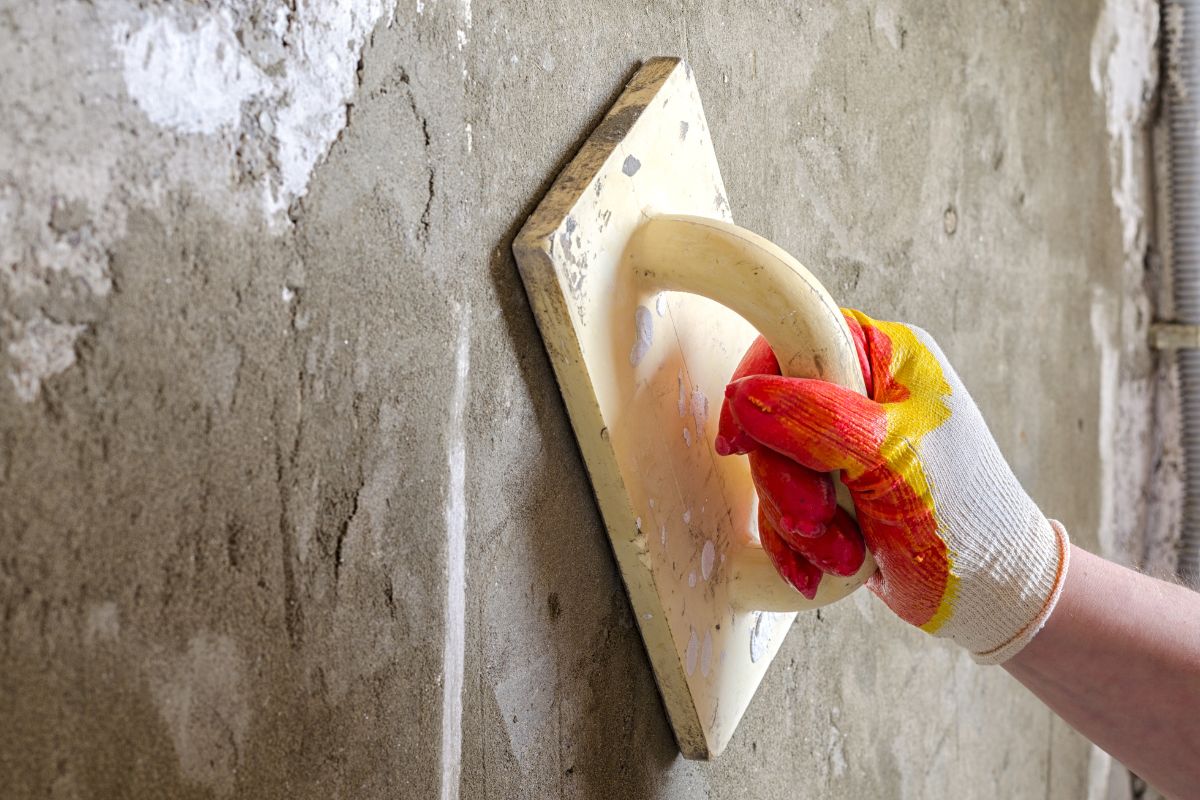Different Styles and Techniques for Wall Rendering

Different Wall Rendering Materials
Wall rendering is the process of applying layers of material to the exterior or interior of a wall in order to produce a desired finish, such as smooth and even walls without visible joints. There are various materials available that can be used for wall rendering, including traditional lime render and modern acrylic render. Each type of material has its own unique characteristics and benefits that may be suitable for different types of projects.
Traditional lime render is made from natural limestone or chalk mixed with water and sand. It is applied over brickwork and creates a hard-wearing surface which allows moisture to escape from the wall more easily than other materials. Lime render also offers excellent thermal insulation qualities and can help reduce heat loss in buildings. It can be finished in a variety of ways, with options ranging from plain flat finishes to more textured plastered walls that can be painted or treated with decorative finishes.
Acrylic render is a modern material made from synthetic acrylic polymers and cement, which is applied directly onto brickwork to create an insulated layer of protection over the wall. Unlike lime render, it creates a waterproof surface that will not absorb moisture and offers excellent fire resistance properties. Acrylic render is also highly durable and easy to maintain, making it particularly suitable for exterior applications.
Different Wall Rendering Techniques
In addition to choosing the right type of material for your project, you must also decide on the most suitable application technique for wall rendering.
For traditional lime render, the most common method is the ‘wet-dash’ technique. This involves applying a wet mixture of lime and sand over the wall using a trowel or brush until it has been completely covered. The material should then be left to dry before being finished with a plaster layer and/or paint. A more advanced technique known as ‘dry dash’ can also be used, which involves mixing dry materials together before they are applied to the wall using a hand-held power tool for added speed and efficiency.
Acrylic render can be applied in two different ways – by hand or machine – depending on your preference and budget. If you choose to apply acrylic render by hand, you will need to use a trowel or brush to spread the material over the wall in even layers until it has been completely covered. If you opt for a machine application, you can use a dedicated acrylic render sprayer which is capable of applying the material at high pressure and speed.
Finishing Touches
Once your wall has been rendered and left to dry, there are several finishing touches that can be applied to complete the look. For traditional lime renders, this typically includes painting or staining with decorative finishes such as natural oils, waxes and varnishes. For modern acrylic renders, special coatings known as ‘acrylic paint systems’ can be used to create an attractive and durable finish that will last for many years.
Finally, when applying any type of wall rendering material or technique, it is important to ensure that all safety guidelines are followed and that the area is kept clean and free from debris. By taking these precautions, you can be sure of achieving a professional-looking finish for your project.
Wall rendering is an effective way of improving the appearance and performance of interior and exterior walls in buildings. By choosing the right type of material and application technique, you can create a durable and attractive finish that will stand the test of time. With careful preparation and attention to detail, you can also enjoy the benefits of improved insulation and fire resistance properties provided by modern renders such as acrylics. Whether you opt for traditional lime rendering or modern acrylics, you can be sure of a great-looking finish that will last for years to come.
